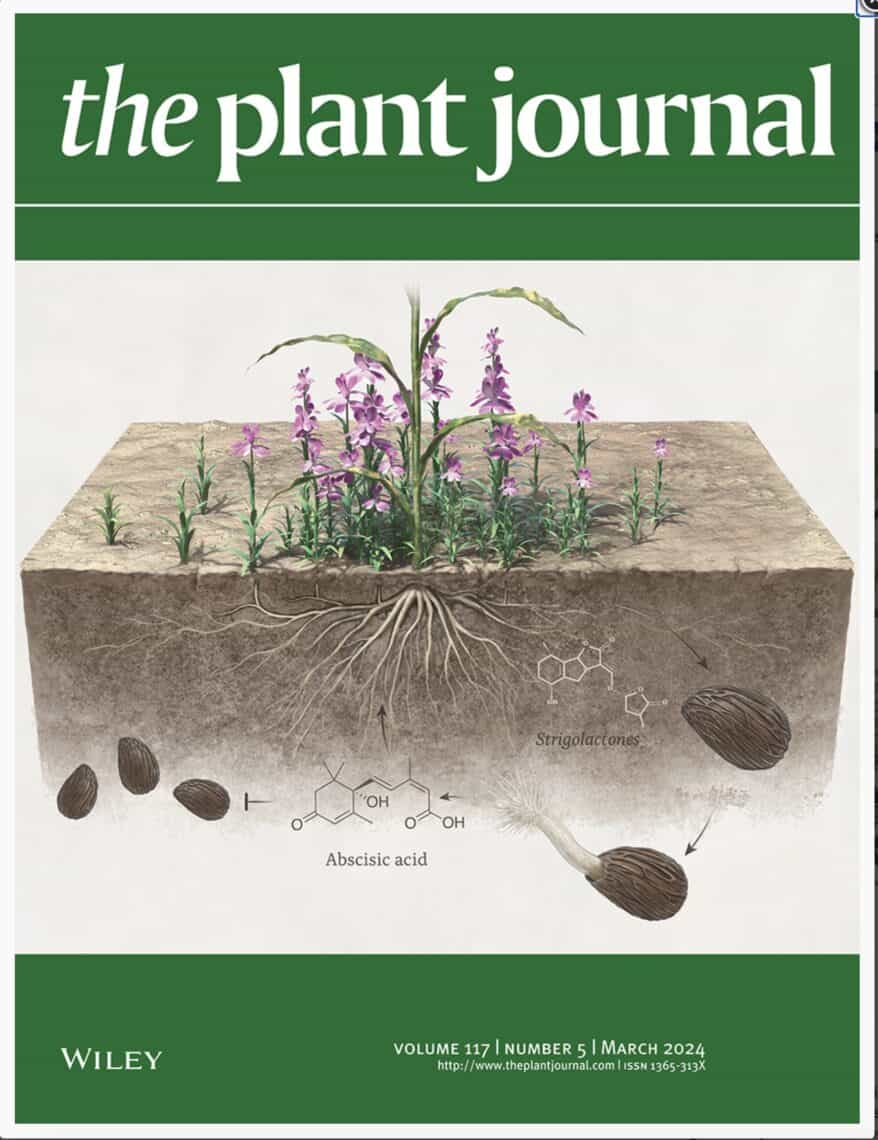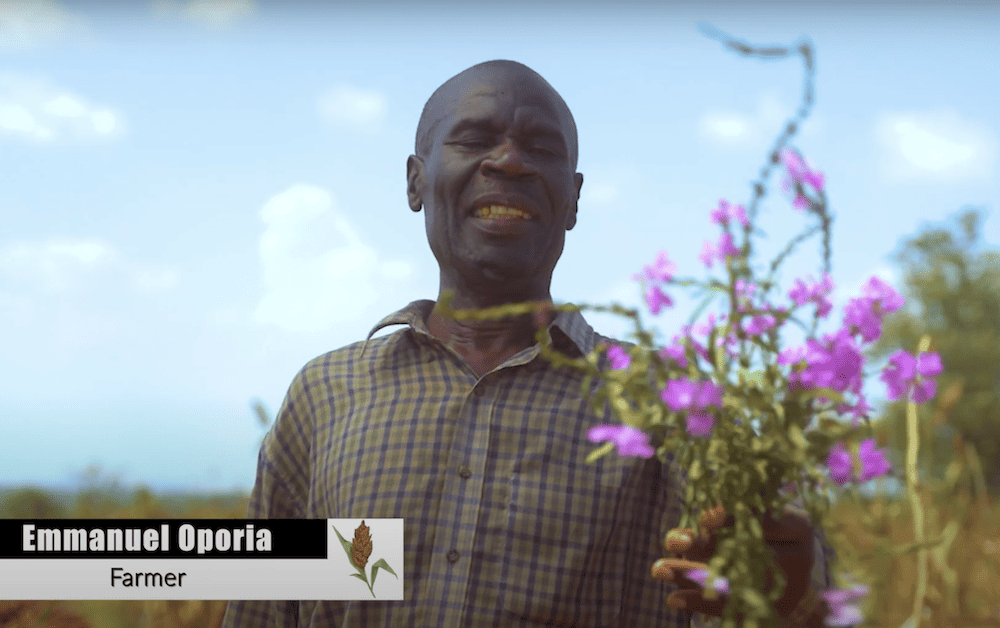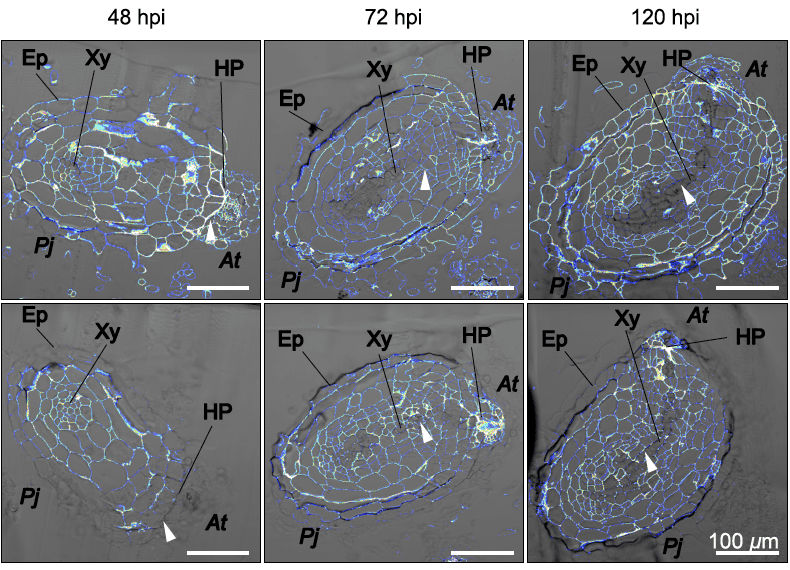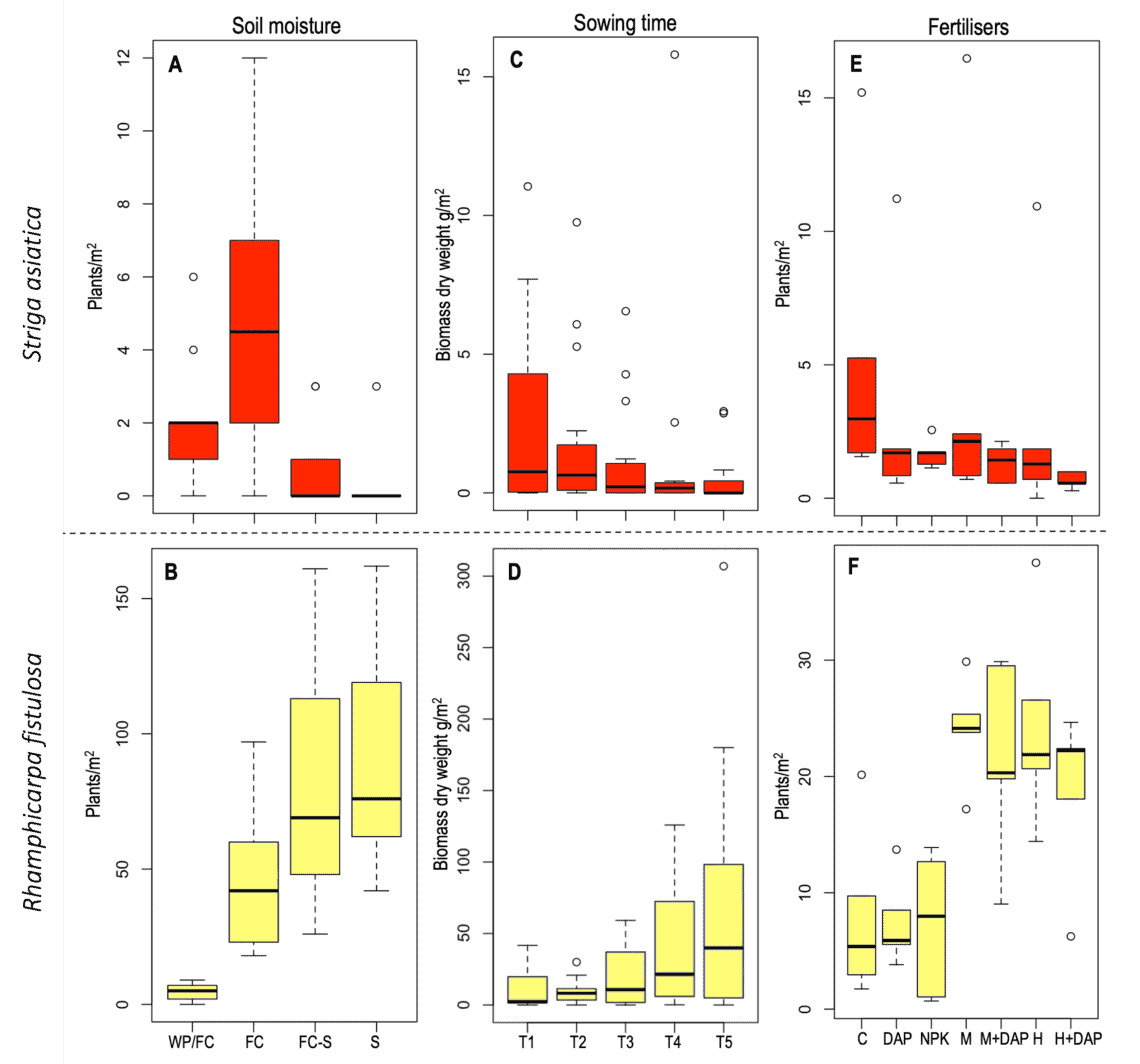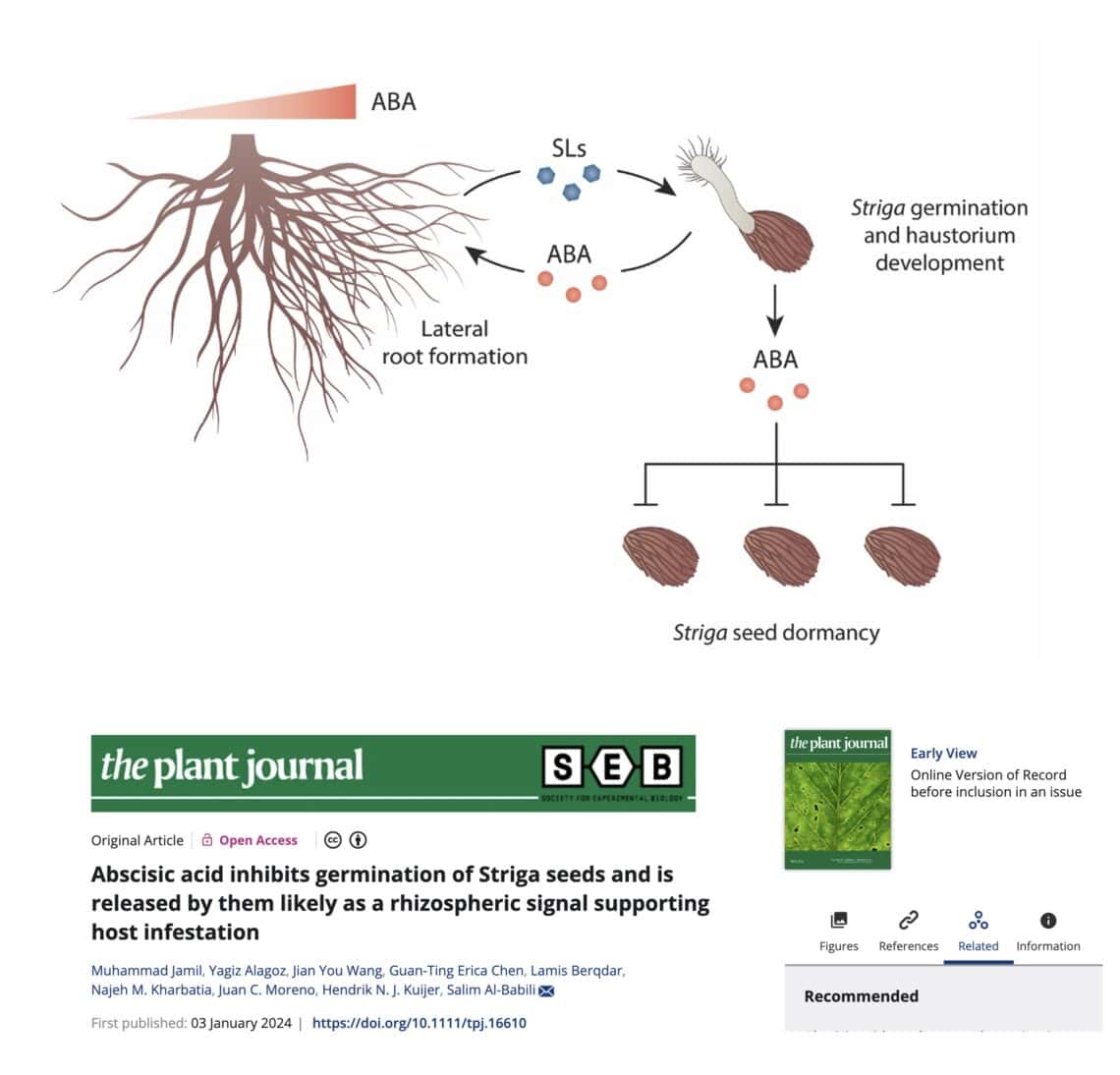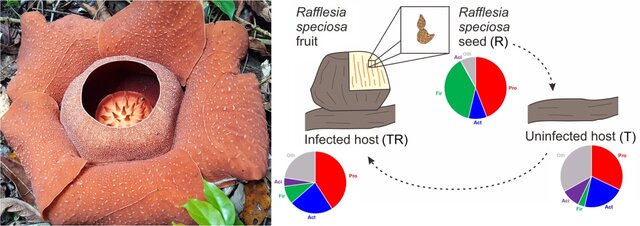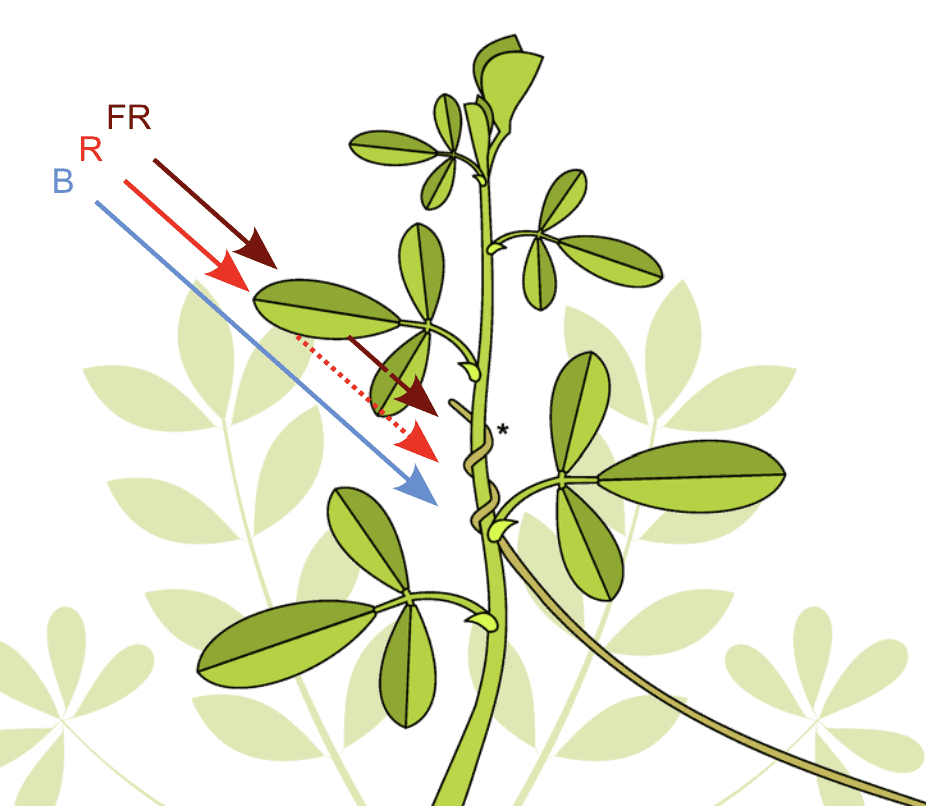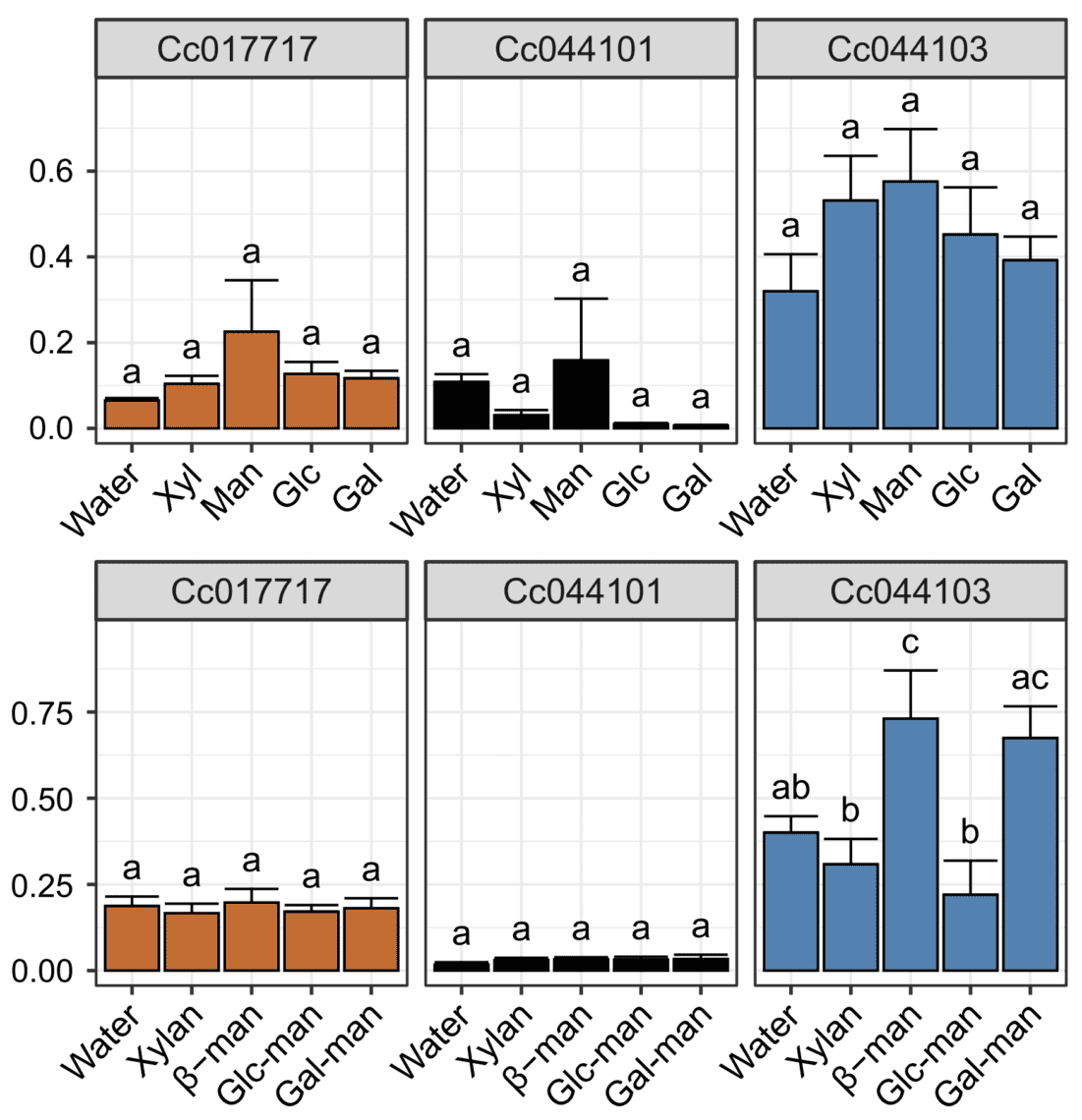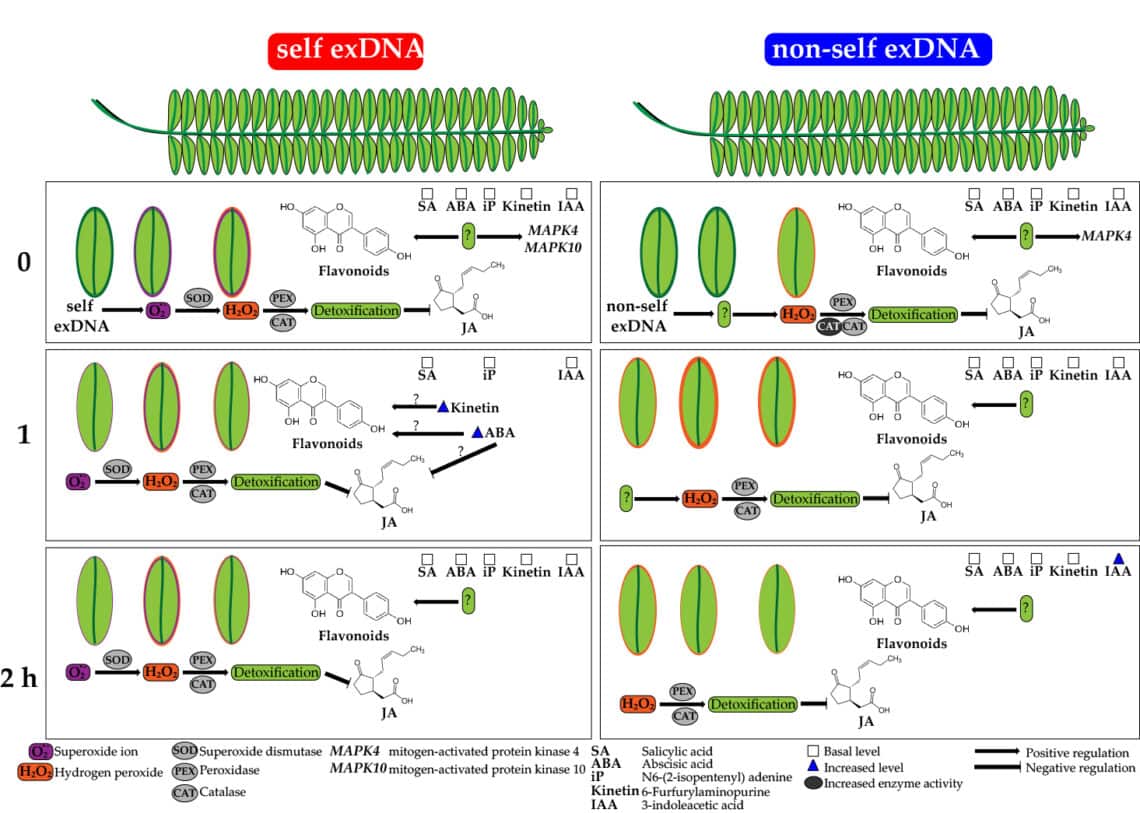Recently we tested liquid formulation of two promising suicidal agents MP3 and Nijmegen-1 in Highly Striga infested famers field in Tanzania in collaboration with Dr Dennis Tippe of TARI. The results looks very promising and we observed 50-70% reduction in Striga emergence. The results indicate future scope and hope to reduce Striga infestation in African […]
Promising results of Suicidal Germination Technology against Striga in Field Trials in Sorghum in Tanzania

